Updated
13 min read
You Have a Great App Idea—Should You Sell Your Idea or Develop it?
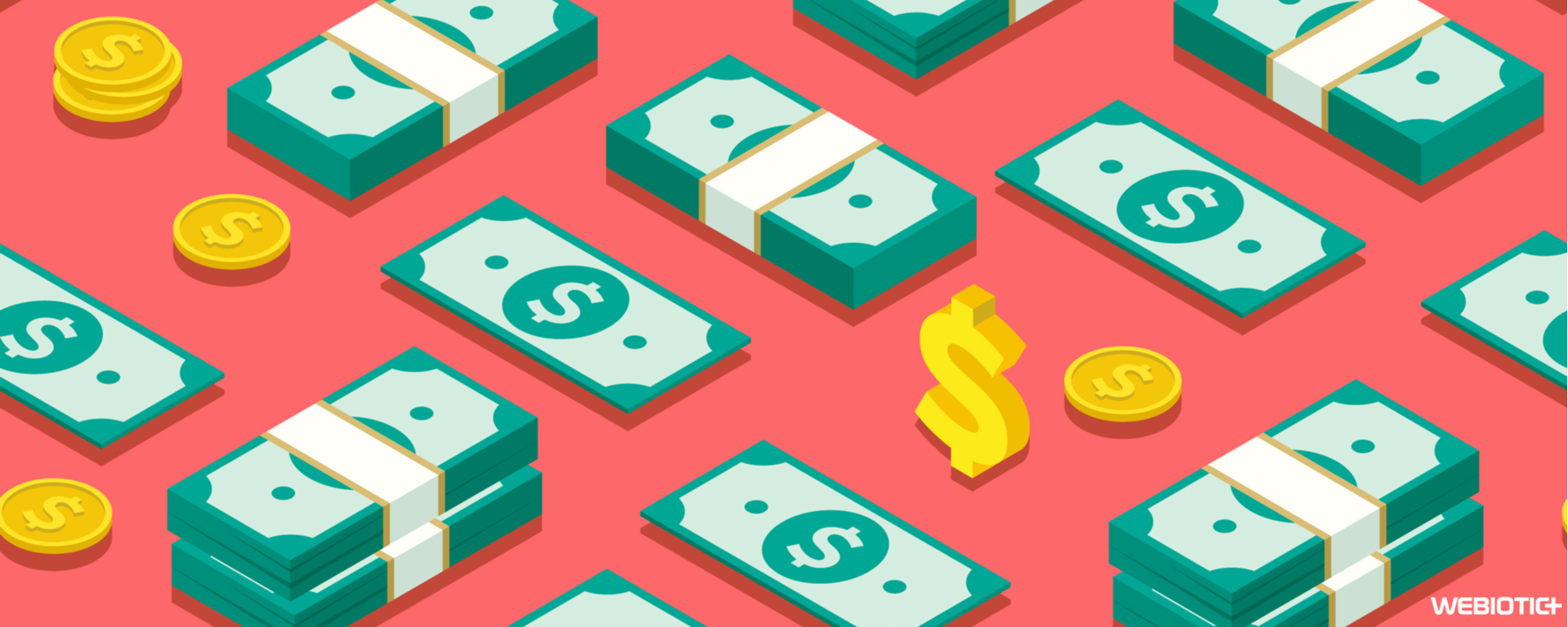
And that’s because ideas are cheap. Everyone has an idea.
What brings real value to an app is what features it offers, how it looks, what technology it leverages, and the talent of your team.
So if you’re wondering if you should sell your app idea, just know that it takes some work to get your idea to a place where someone would be willing to buy it, like having a minimal viable product (MVP).
But should you even sell your app idea or should you develop it yourself?
Let’s take a look.
Table of Contents
- Creating an MVP
- What is an MVP?
- What are the Benefits?
- Identify if Your App is a Market Fit
- Map out Your User Journey
- Choose What Features to Build
- Selling Your Early MVP
- Who to Approach
- Establish Key Features
- Have the Business Outcomes Mapped Out
- Test your Prototypes and Wireframes
- Have a Road Map
- Should You Just Develop it?
- Why you Should Develop It
- Why You Should Sell it
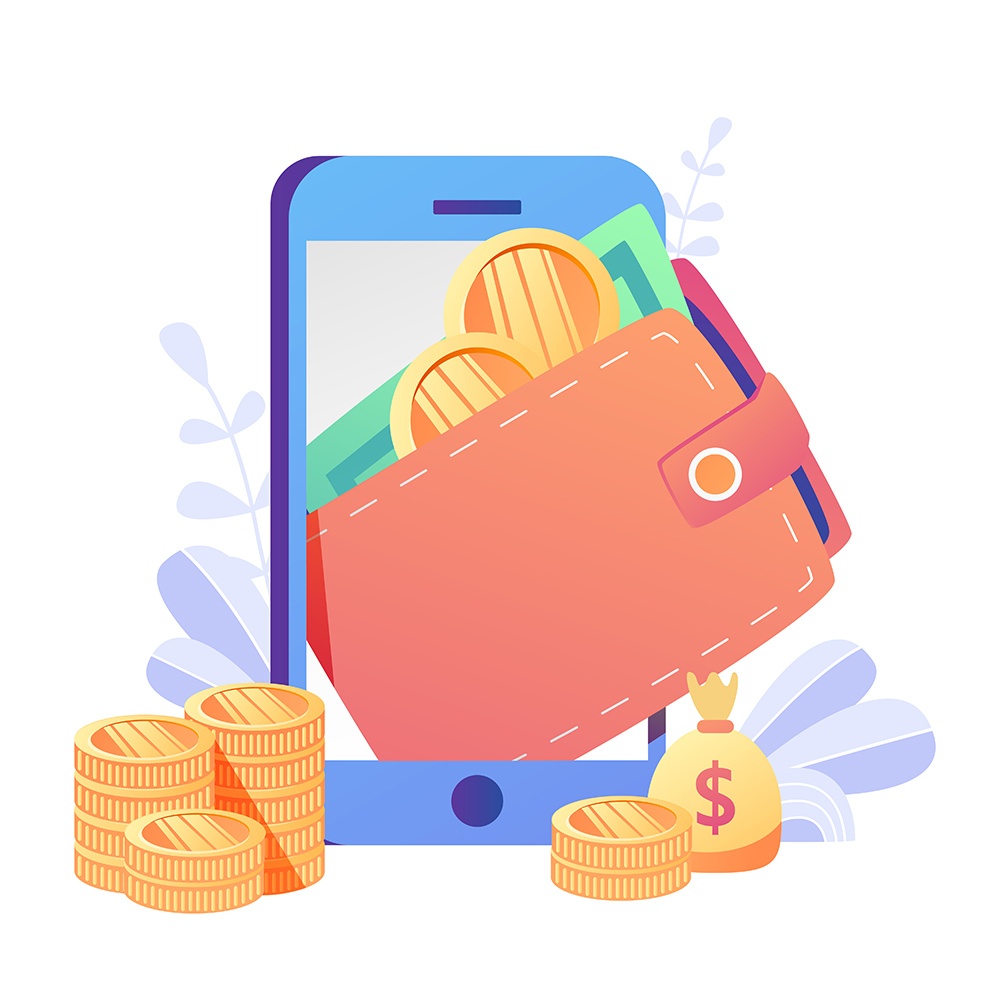
Chapter #1: Creating an MVP
It’s going to be nearly impossible to sell just an idea, no matter how great of an idea it is.
Potential buyers and investors want to see that it’s actually a product people will want.
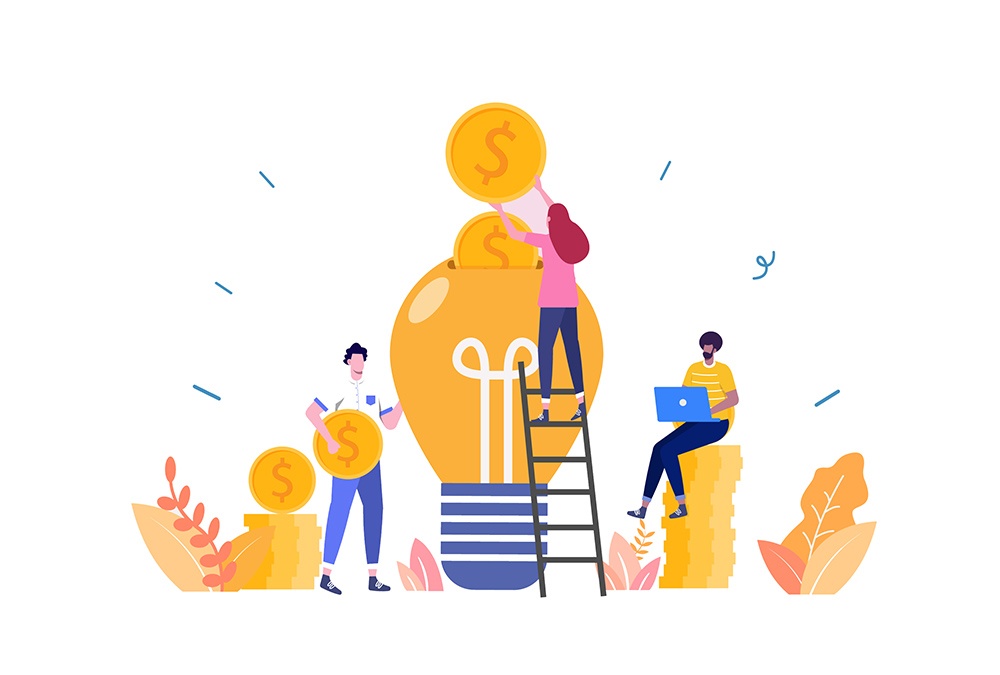
They want to see that it’s solving real problems.
They want to see how your app idea can make money.
They want to see how it’s going to look.
Get the idea?
PRO TIP:
Consider taking the next step with your app idea and building an MVP.
1.1 What is an MVP?
If you want to sell your app idea without having to take the project to 100% completion, a great way to do that is to create an MVP.
An MVP is not quite a finished product. It’s certainly further along in the app development process than a prototype, for example, but it still needs work.
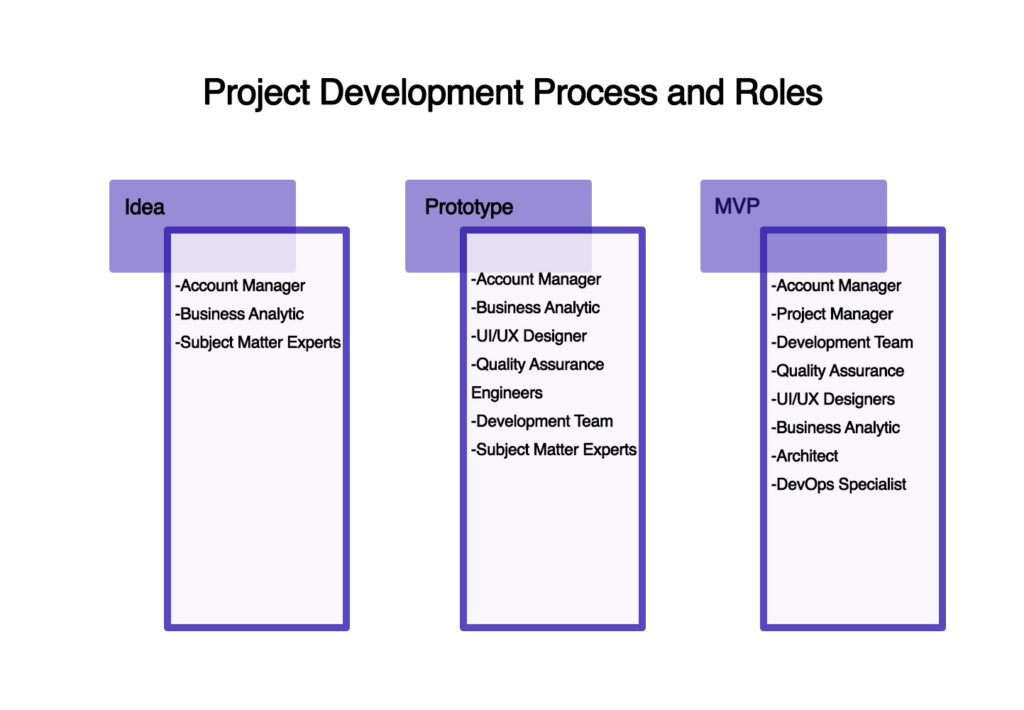
MVPs follow a build, measure, learn process.
You build the minimal form of your product to validate your app idea and learn more about what users want, and then you can continue improving it and adding more features.
The greatest benefit is that having an MVP returns immediate value while keeping development costs down.
1.2 What are the Benefits?
Let’s talk more about the benefits of building an MVP for your mobile app idea.

#1 Winning Investor or Stakeholder Buy-In
Whether you want to sell your MVP or keep it and continue developing it, having one will help secure funding for your project.
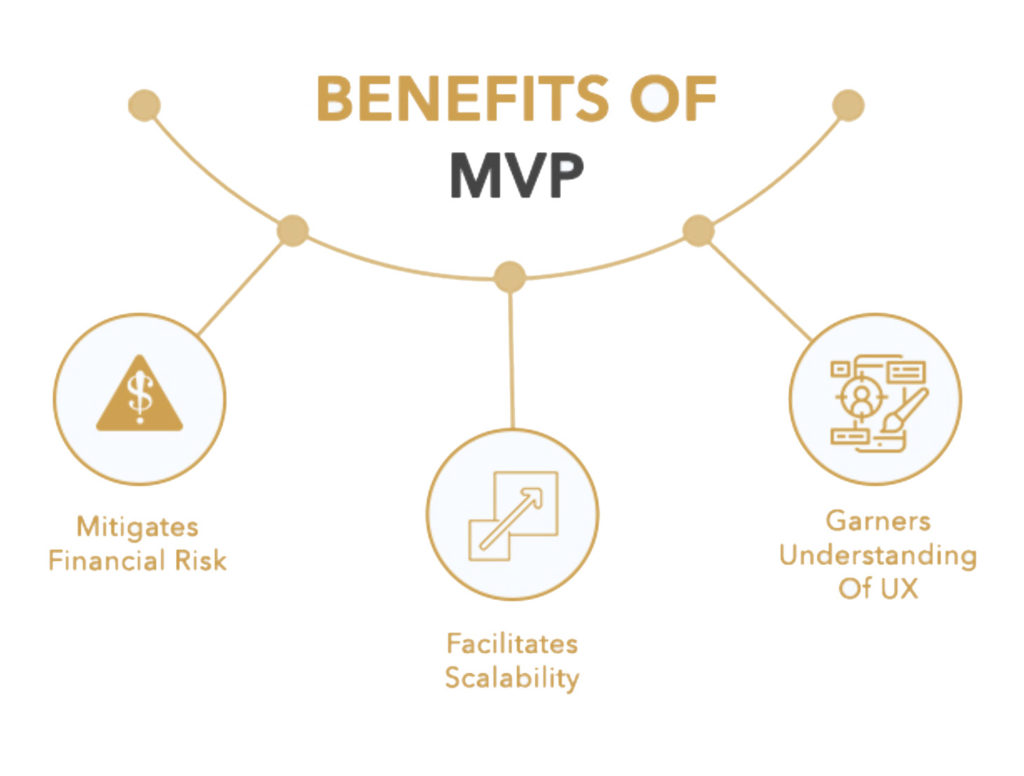
And having funding will help build confidence in your product when it comes time to pitch it to interested parties.
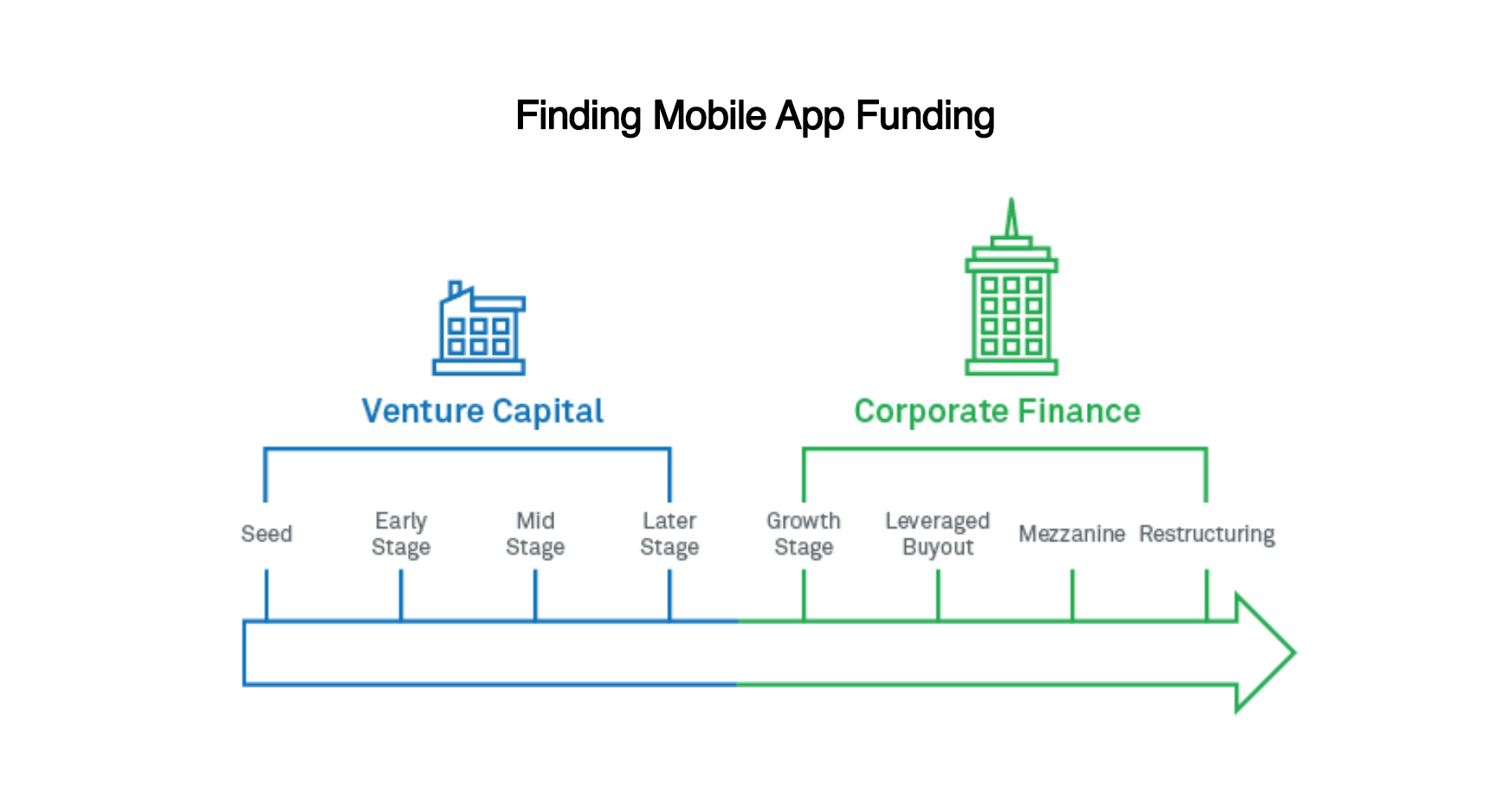
#2 Testing Concepts
One of the greatest benefits to creating an MVP is that it allows businesses to test their product ideas to see how valid (or invalid) their business plan is.
Rather than investing time, money, and resources into a dead-end project, an MVP is essentially a beta version that can be released and used to gather valuable information from prospective users.
From there, you’ll be able to better ask questions like, “Should we keep developing this app?” or “What do we need to change about the app to ensure its success?”.
In short, this is a process of measuring and learning based on real user feedback. Testing concepts with an MVP can help a business make adjustments or pivot where needed.
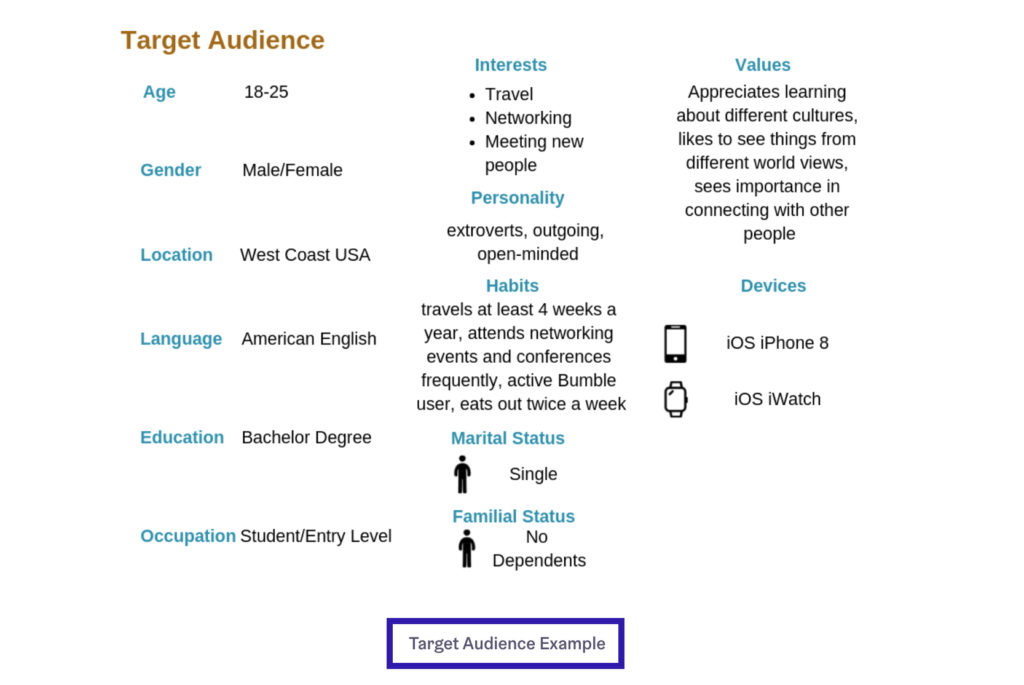
#3 Testing Usability
While you can certainly do some usability testing with a prototype, conducting testing on an MVP will be much more insightful.
Building an MVP will bring you valuable data on how your users are interacting with your app and how quickly they’re able to use it to solve their problems.
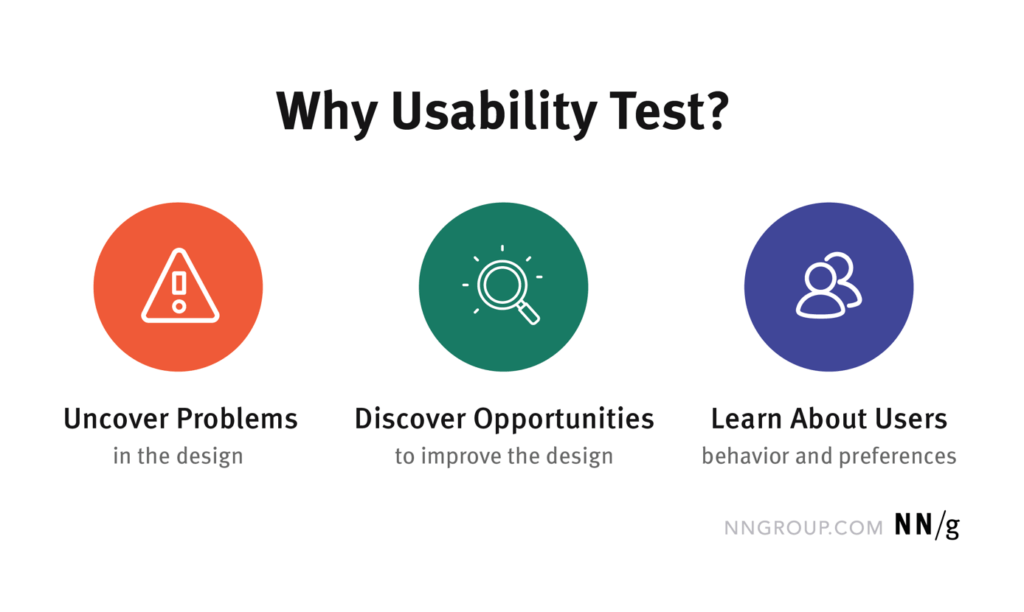
This will also help you identify new features you can incorporate into your app as well as what features you can cut out.
#4 Verify Market Demand
Remember, an MVP is all about testing your app and seeing what works or doesn’t work.
In a lot of ways, having an MVP is about understanding the market demand and how well it fulfills users’ needs.
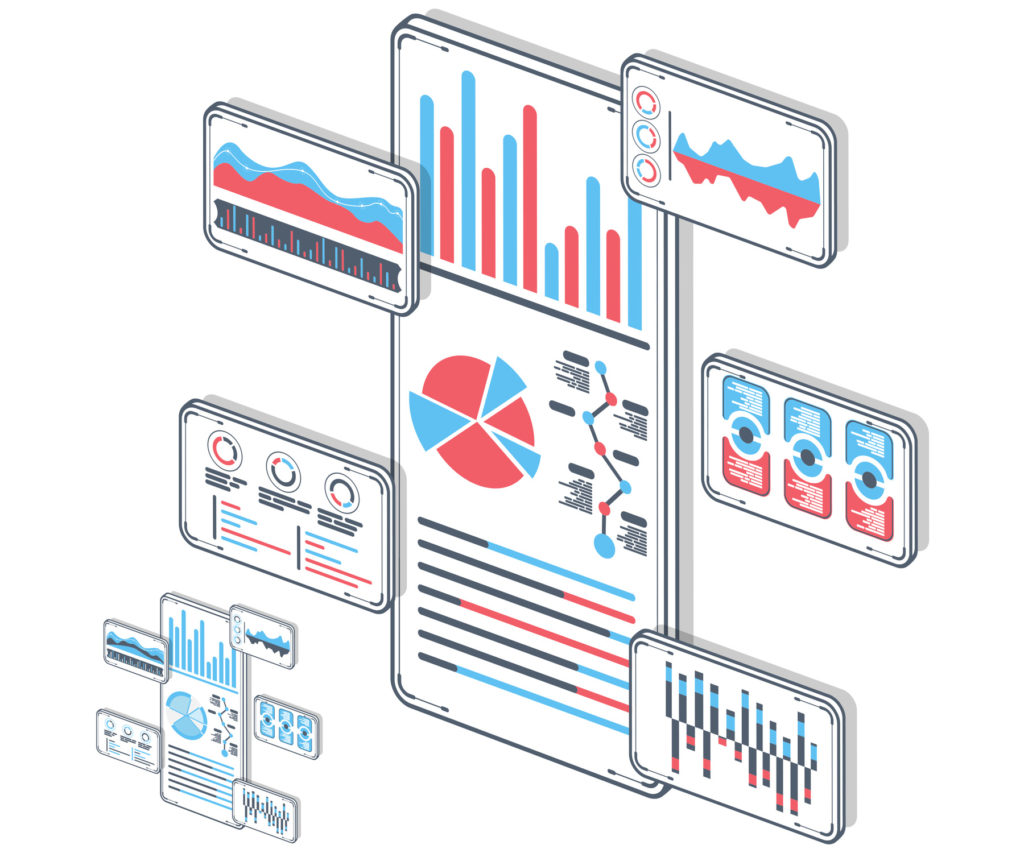
Having an MVP will allow you to discover if your app is valuable to potential users without having to invest a ton of time and money.
#5 Find the Right Revenue Strategy
There are a lot of ways an app can make money, but what works for one app might not work for yours.
Having an MVP is a great way to try out different monetization strategies to find the best one.
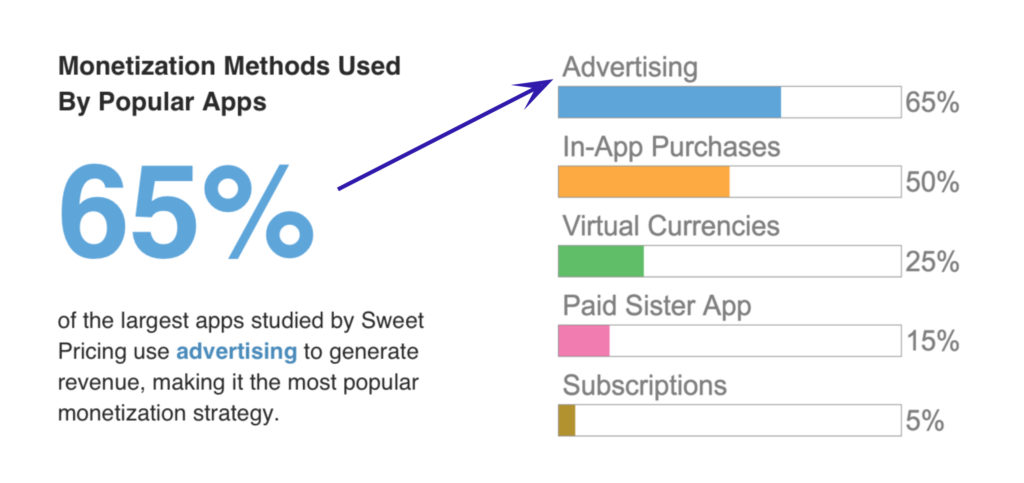
PRO TIP:
If you see that users aren’t spending money on upgrades or add-ons in your app, you might want to pivot and try making money in another way, like incorporating advertisements in your app or charging users to download your app.
#6 MVPs are Cost-Effective
Remember, an MVP is just a working prototype, or beta version of your project. It’s not the full, finished product.
And of course, building a prototype rather than building the finalized thing is extremely cost-effective.
It can help you predict the response from your user base, your market segment, and the sales you’ll make—all without having to finalize your product, which can save you money.
And if you find your app idea isn’t all that viable, well, at least you haven’t sunk all your funds on an unviable product.
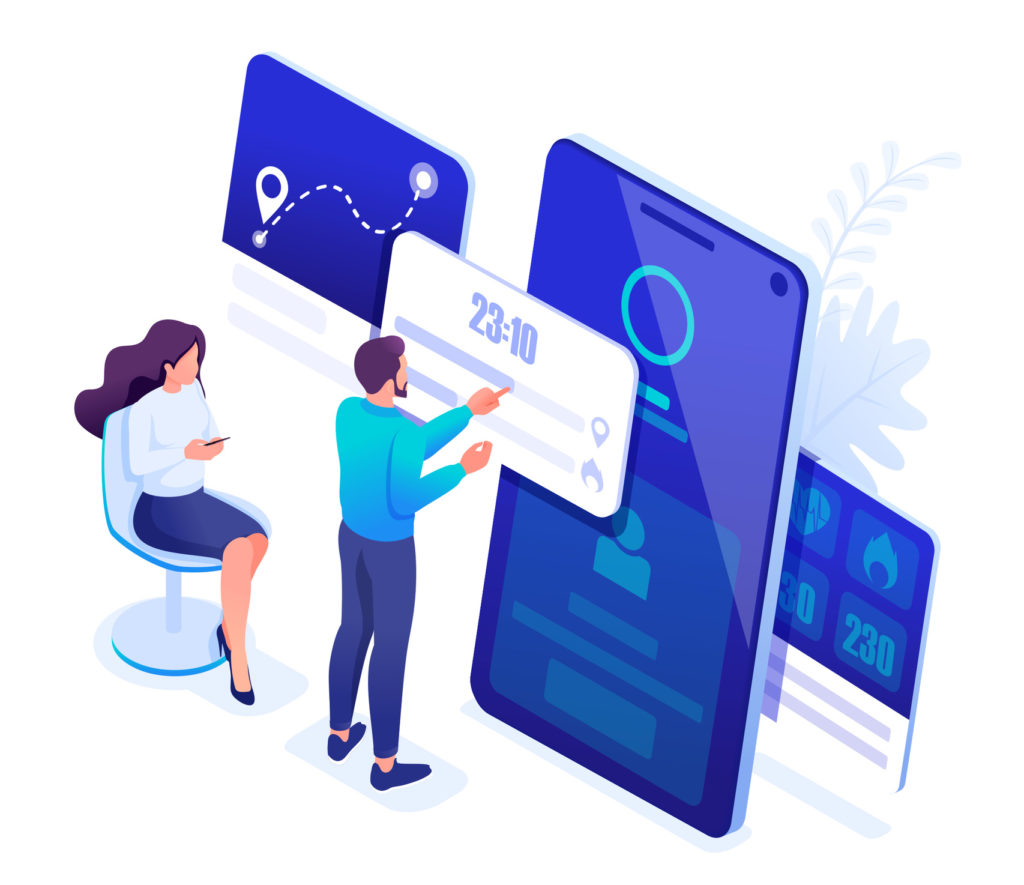
An MVP might not represent your app’s full potential, but it’s a great starting point to see if it’s an idea that has legs.
1.2 Identify if Your App is a Market Fit
Identifying whether or not there’s a need for your app in the market is the first step in validating your app idea.
Don’t begin building an MVP without validating your idea first.
Here’s how you can determine if your app idea is needed in the market:
#1: Conduct Market Research
Conducting market research is all about understanding who your target audience is and learning more about their goals and motivations.

Create a user persona for your app. This persona will represent your target audience.
What is this persona’s age? What’s their geographic location? What’s their income level?
Study these characteristics well to see what kind of person would use your app.
#2: Know how Big Your Target Market is
You should have a good understanding of the size of your target market.
Make a list of keywords related to your app and add them to the Google keyword planner tool.
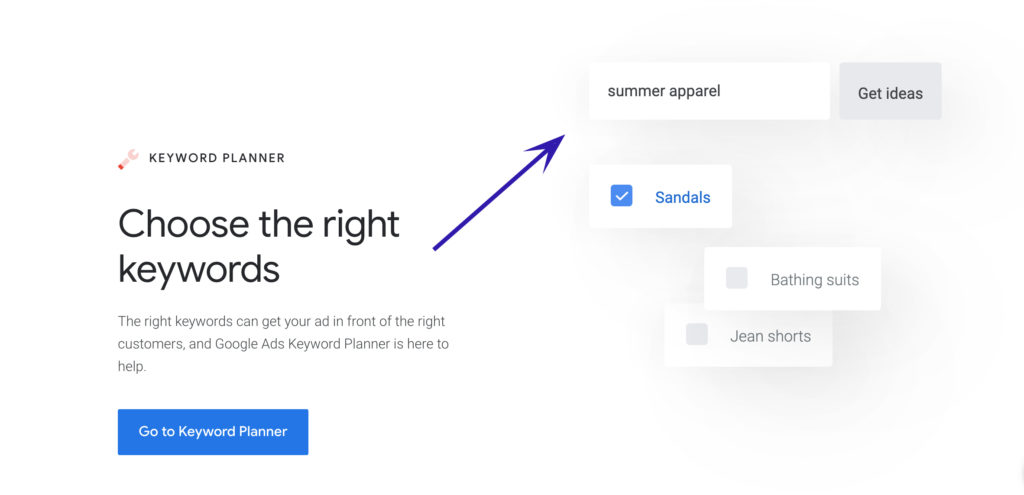
It’ll tell you immediately the average monthly searches your keywords are getting both locally and globally.
The more searches your keywords are getting, the more demand there is for your app idea.
#3: Look at the Competition
Another part of researching the market is by getting out there and seeing what apps your target audience is using.
What does the competition look like and how do you differ?
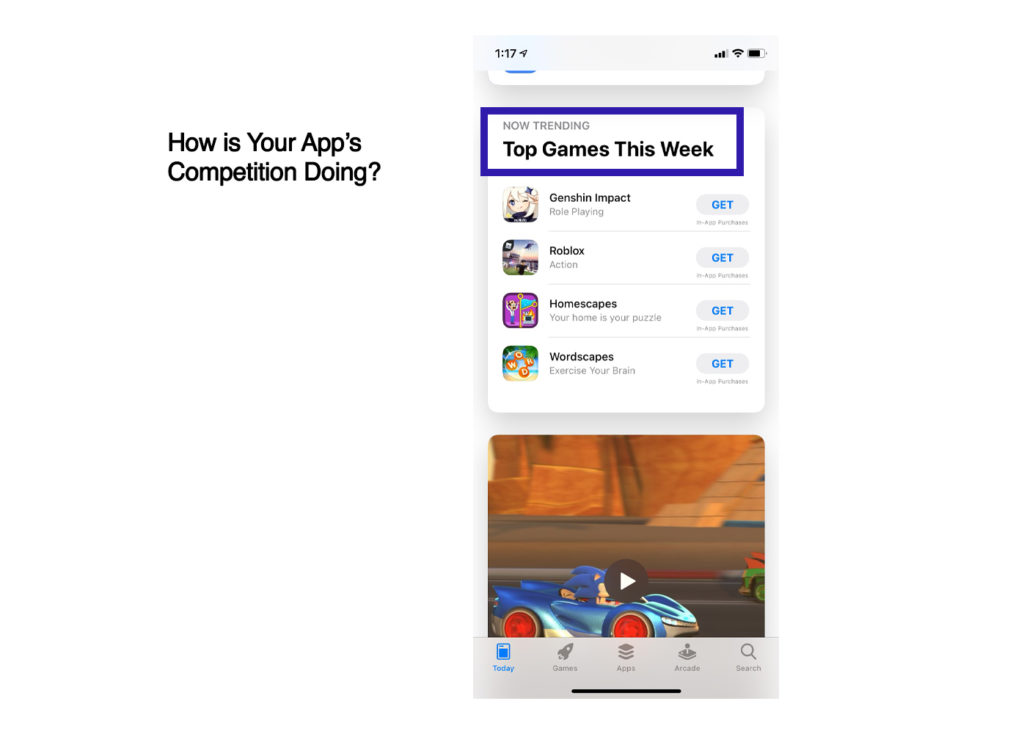
1.3 Map out Your User Journey
Remember, you want to build your MVP with your users in mind.
You want them to have a good experience with your app, even if it’s just an MVP.
This involves mapping out user journeys.
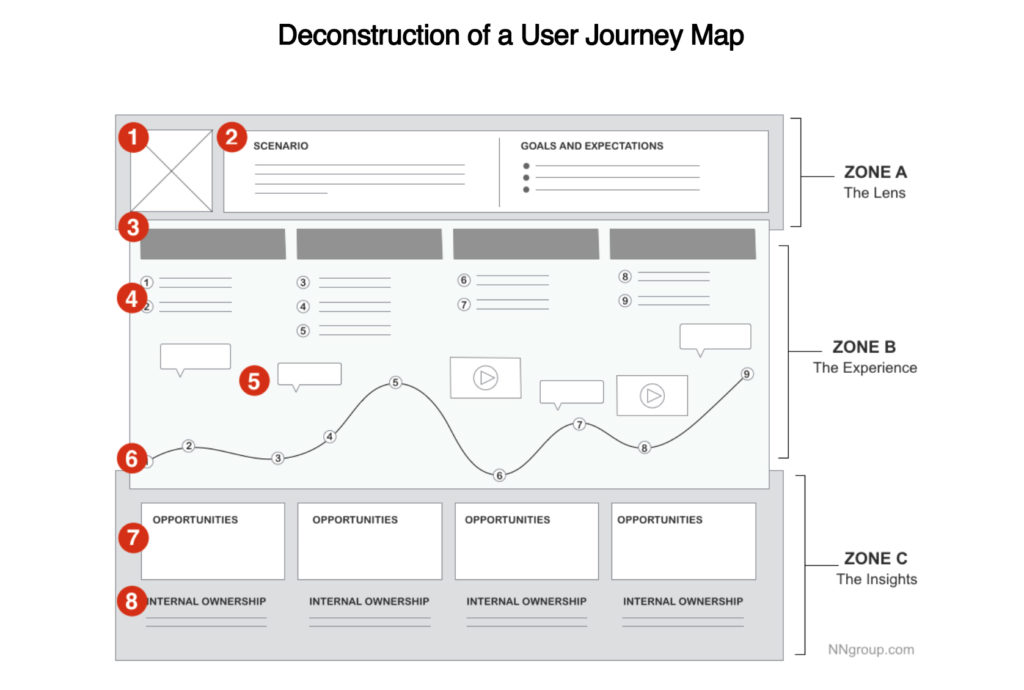
A user journey map is a visualization of a user’s experience with your app.
This is beneficial because it provides the user’s perspective, from opening the app to arriving at the end goal, whatever that may be.
As you can imagine, this provides valuable insight into how you can build and design your app so that it offers the best user experience.
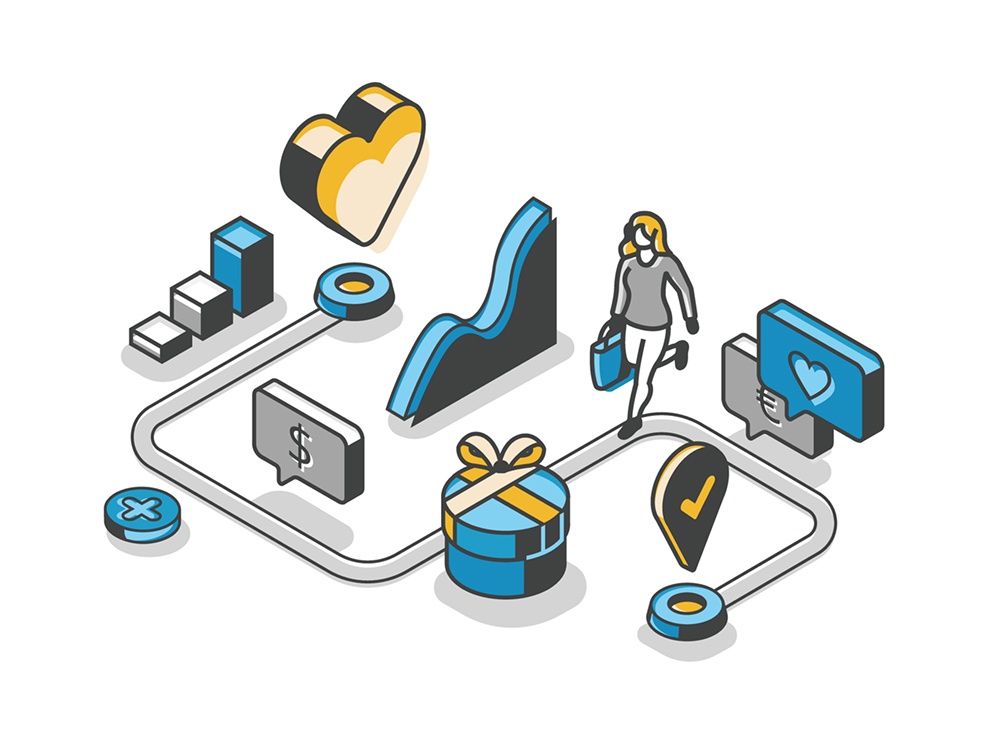
1.4 Choose What Features to Build
If you’re only interested in creating an MVP which you can then sell, then you want to keep development costs down and build your app as quickly as possible.
When thinking about what features to include, focus on the most important ones.
Include features that make your app valuable. Anything else can always be added in later iterations of your app.
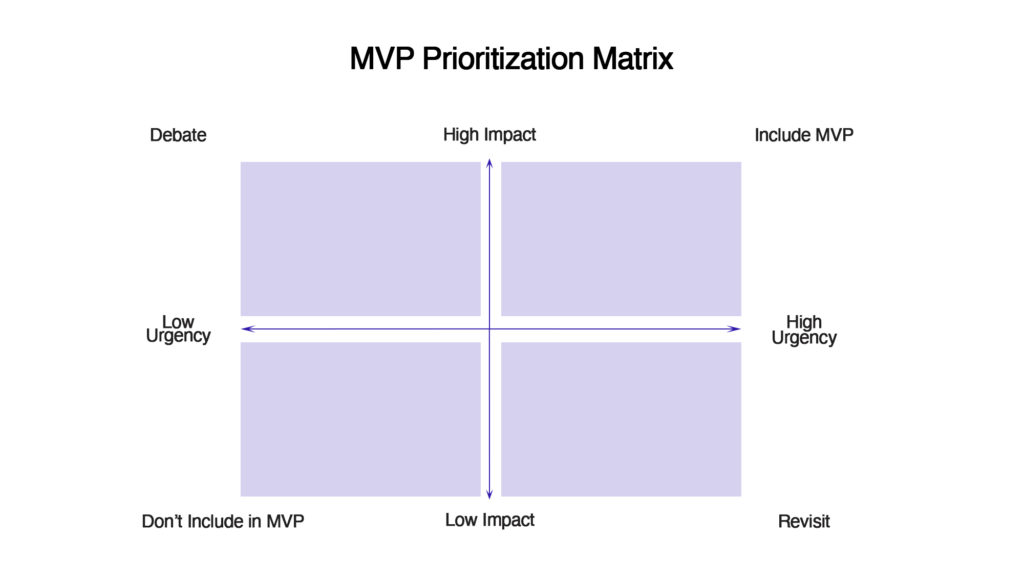
A prioritization matrix (as seen above) is useful because it helps you identify where your app can make the most impact in relation to the feature’s urgency.
This will help you decide what should be included in your MVP and what features you can release later.
Chapter #2: Selling Your Early MVP
Ready to sell your MVP? Let’s take a look at how you can get started.
2.1 Who to Approach
While you can always approach investors for money to fund your mobile app project, they typically won’t just flat out buy your MVP.
So who will?
The best place to sell your app idea or MVP is to the leaders of the industry you’re in.

If you have a healthcare app, for example, you would approach Chief Technology Officers (CTO) and Chief Information Officers (CIO) at providers and payers.
If you have a sales technology mobile app, you’ll want to talk to Chief Revenue Officers (CRO) and the VP of sales.
If you have a revolutionary e-commerce solution app, talk to the digital leaders in the retail field who will be most interested in your ideas.
PRO TIP:
Speaking with those directly in your industry will help give you a bigger picture of the industry landscape as well as help you better understand the problems your app is trying to solve.
2.2 Establish Key Features
When you’re ready to sell your MVP, you should already have your key features established.
Remember, whoever buys your MVP wants minimal risk. To do that, don’t include features you think they’ll want. Include features you know they’ll need.
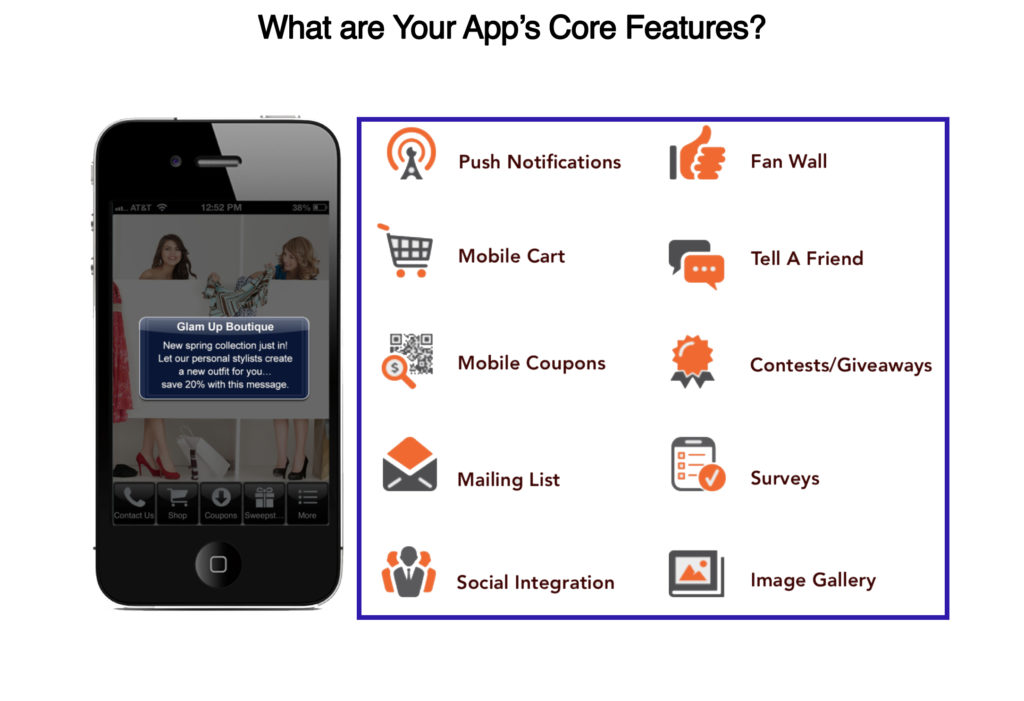
As mentioned in the previous section, prioritizing your features will save you time and money.
2.3 Have the Business Outcomes Mapped Out
Anyone buying your app idea will want to see the potential business outcomes, like key performance indicators (KPI) and return on investment (ROI).
It’s much easier to discuss this with buyers if you have a working MVP as opposed to just an idea in your head.
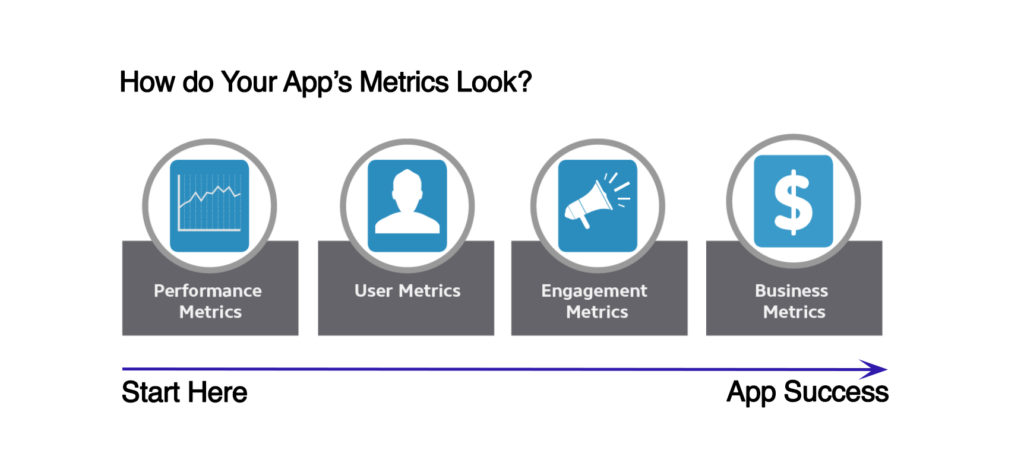
Interested parties want to see numbers. They want to see data.
And they want to see proof. You can get this with an MVP.
2.4 Test your Prototypes and Wireframes
It’s always a good idea to set up test groups for your app’s MVP or prototype so you can learn more about what does and doesn’t work with your app.
This will help you understand what else is needed.
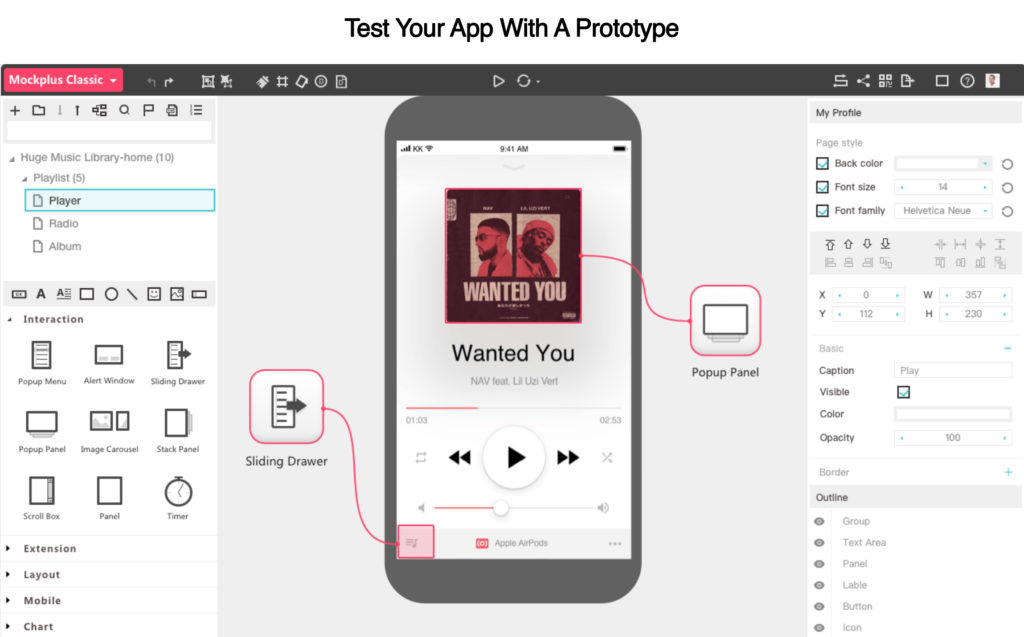
2.5 Have a Road Map
When presenting your MVP to potential buyers, you want to have a very clear timeline for the product.
This timeline, or road map, should outline key milestones and implementations for your app.
Chapter #3: Should You Just Develop it?
While an MVP is just a minimal form of your app, it still takes a lot of time and work.
Sure, it’s not quite as expensive as going the full nine yards and bringing your app to 100% completion, but it can still get pricey, unless you’re a skilled developer yourself who can work on the app.
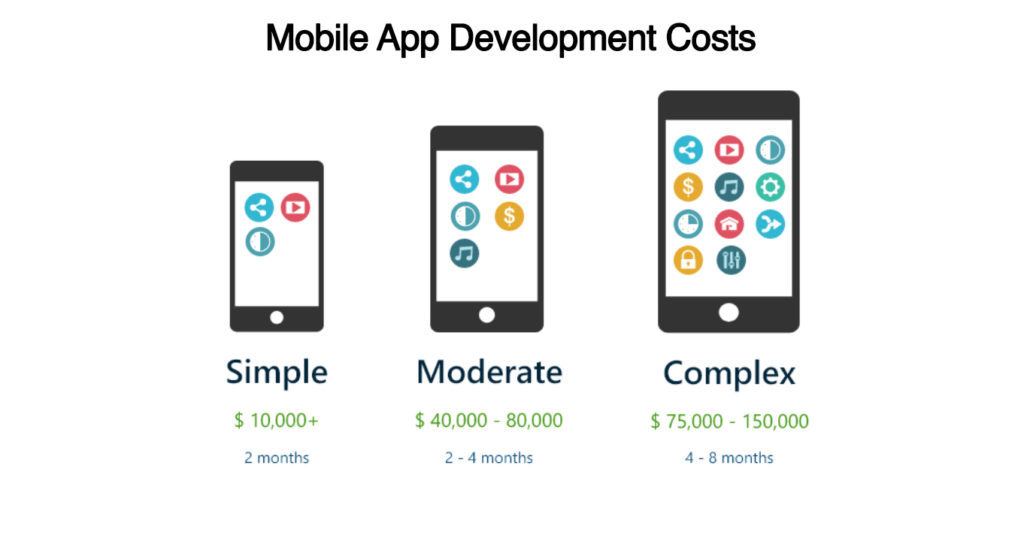
If not, you’ll need to hire developers, designers, testers, marketers, and other experts to get your project started so it can then be presented to buyers.
But once you’ve gone through all the steps in the lengthy development process, is it even worth it to sell it?
3.1 Why you Should Develop It
If you really believe in your app and you’re already willing to invest the time and money to build a working MVP, maybe you should consider holding onto it.
It could make you a lot more money in the long-run.
Remember, at this point, you’ve already validated your mobile app idea.
You’ve learned more about your app’s fit in the market.
You already have a team who have helped take it this far.
So why not go further?
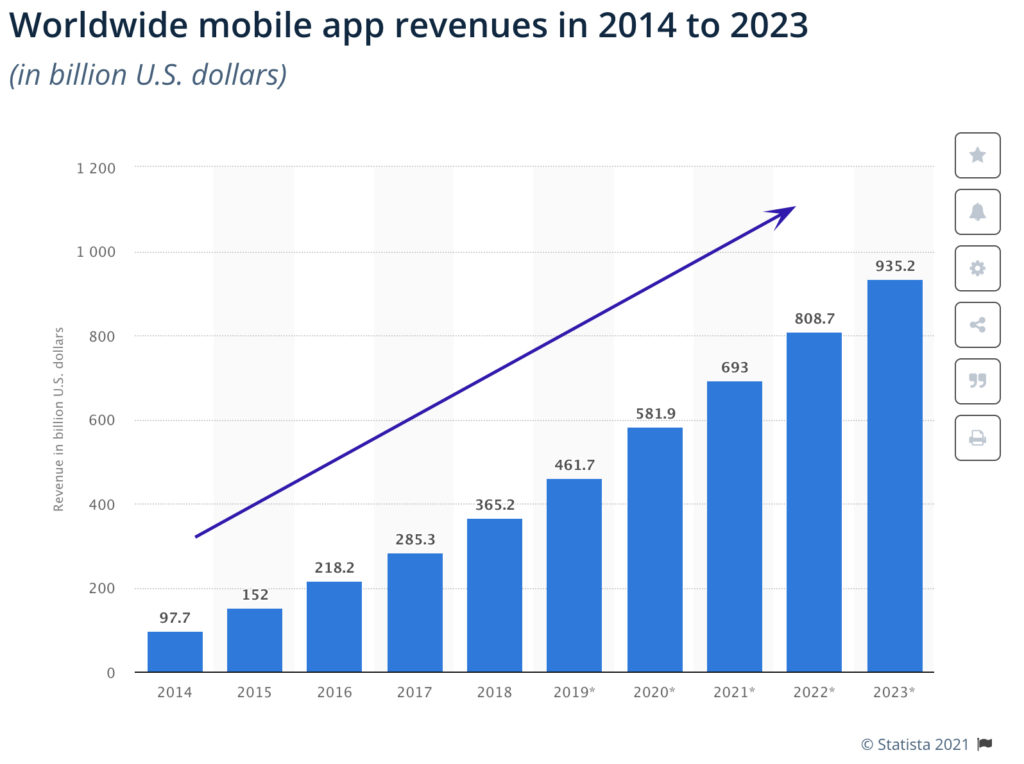
If the first iteration of your mobile app does well once it’s out in the world, you can keep refining it and improving on your idea to make it even more profitable.
And then you can always sell it later, but it’ll be worth much more.
3.1 Why You Should Sell it
You might not want to hang onto your MVP simply because it’ll cost more time, money, and resources.
It’s also stressful creating an app.
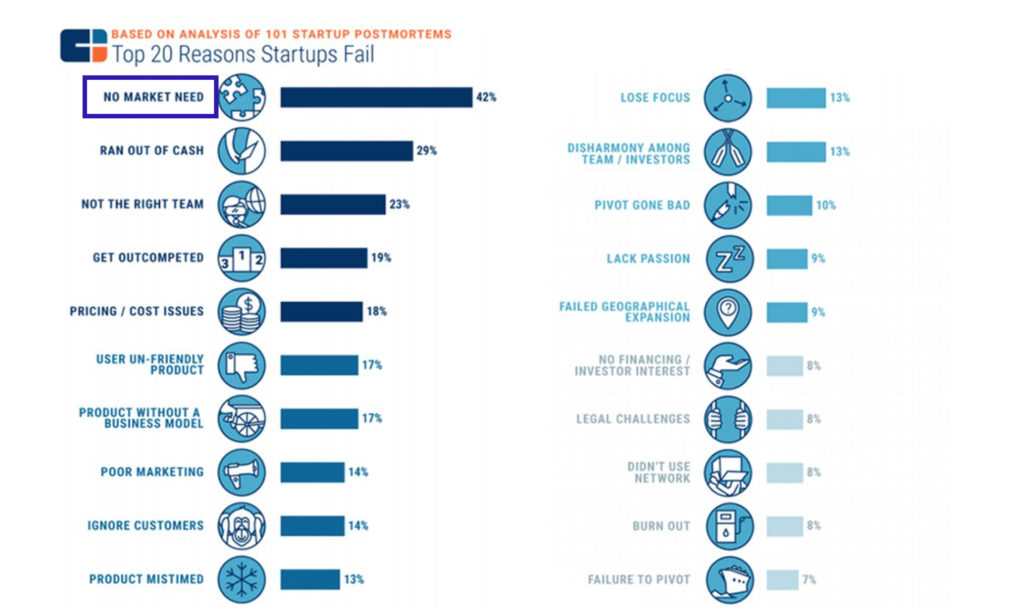
If you were able to get a working MVP finished on your budget and on a quick timeline, it might be worth it to just sell it to the highest bidder.
At that point, it would no longer be in your hands and you won’t have to worry about whether or not it fails or succeeds.
Sure, you might lose out if your app is a big success, but you’ll also be off the hook if it isn’t.
Final Thoughts
Whether you should sell your app idea or hang onto it and see it to completion is a difficult choice to make.
It’s something of a gamble.
The mobile app market is incredibly saturated, and even those with great app ideas end up failing.
If you have a great idea for an app, building a basic MVP is a safe bet. You can walk away from a potential failure (or success) with some money in your pocket.
Another cost-effective solution to see if your idea is worth pursuing is to use our Simple Starter package.
This includes a detailed technical writeup or blueprint for your app, wireframe sketches to see how your app will look and work, and market research to find your users—all of which can help validate your app idea.

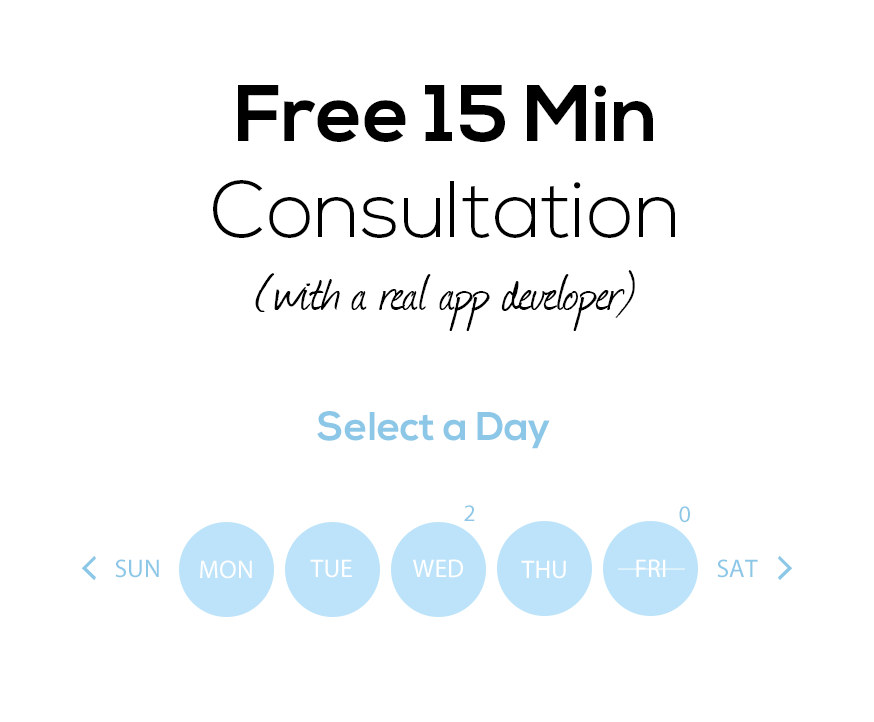


Your inbox wants some love.
Stay informed with Webiotic latest










0 Comments